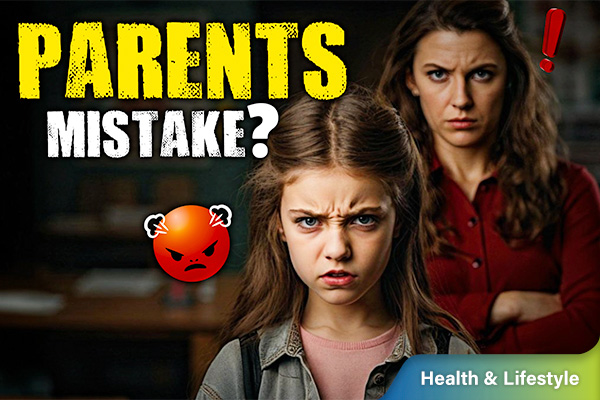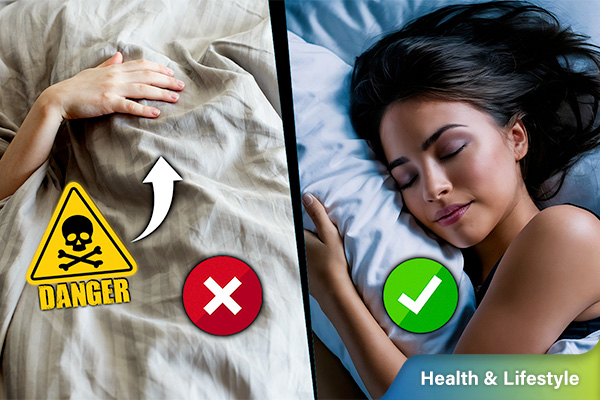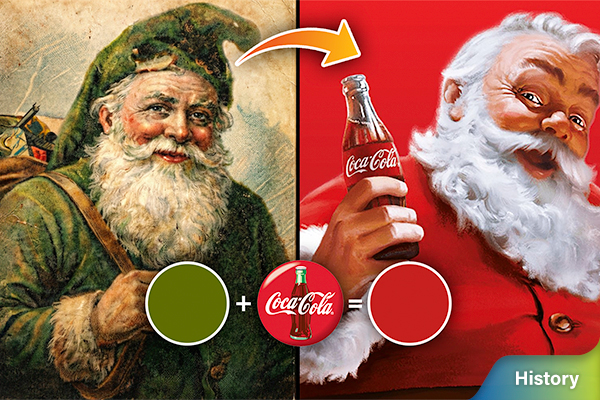Safety Tips While Using Gas Cylinders
Watch our video and read about all the tips to keep your LPG cylinder safe.
Gas cylinder is the most commonly used source for cooking food in homes in India. Gas cylinders are filled with LPG (Liquefied Petroleum Gas), which is highly flammable in nature. Thus, you should follow some safety measures when using gas cylinders.
-
Always use LPG cylinders, which have ISI marks on them.
-
Buy gas cylinders from genuine dealers. Do not buy them from black market.
-
While accepting the delivery of the gas cylinder, make sure to check that the cylinder is sealed properly.
-
Once received, keep the gas cylinder in a vertical position, on a flat surface and in a proper ventilated area.
-
Make sure that there are no inflammable materials and fuels (like kerosene) near the gas cylinder, which can cause an explosion.
-
Get help from the service man or the deliveryman to connect the gas cylinder so that it is fitted carefully and correctly.
-
Always turn off the knob on the gas cylinder and all the stove knobs, after use, to prevent any accidental leakage.
-
Install gas detectors in your kitchen and in the room where you keep your gas cylinder in order to avoid any accidents due to gas leak from a gas cylinder.
-
Check for gas leaks on cylinder joints and Suraksha pipes at the time of putting the new cylinder into use through a technician.
-
Disconnect LPG regulator and affix safety cap on the cylinder when your gas stove is not in use for a long time.
-
As good practice, change the suraksha tubes once a year .
-
Always use ISI approved tubes, stoves, regulators and LPG appliances.
-
Make sure all parts of your LPG system are in good condition.
Do cylinders have an expiry date?
Yes, the LPG gas cylinder has an expiry date. Though the technical term is slightly different, every cylinder will have an expiry date, i.e., the re-testing date rather than a fixed expiry date. After this date, the usage isn’t recommended. Statutory Testing is done every five years, and in the process, the cylinders are tested for usability and are stamped with the new test due date before being circulated for use. Look for the due date of testing, which is marked on the inner side of the cylinder plate. Example: The due date is marked by an alphabet representing the quarter (A – March, B – June, C – September, D – December) and year for testing. If the DFT is D-23, it means the cylinder needs to be tested in the last quarter of 2023 i.e. between October - December. Do not accept the cylinder if the due date is over.
In case of an Emergency
-
Close regulator and burner knobs. Do not panic.
-
Open all doors and windows for ventilation.
-
Extinguish all flames, lamps, incense sticks and sources of fire.
-
Call your distributor or emergency service for help.
-
Do not use electrical switches and appliances in the room.
-
Isolate main electrical supply from outside.
We recommend that you exercise these safety measures when dealing with gas cylinder.







